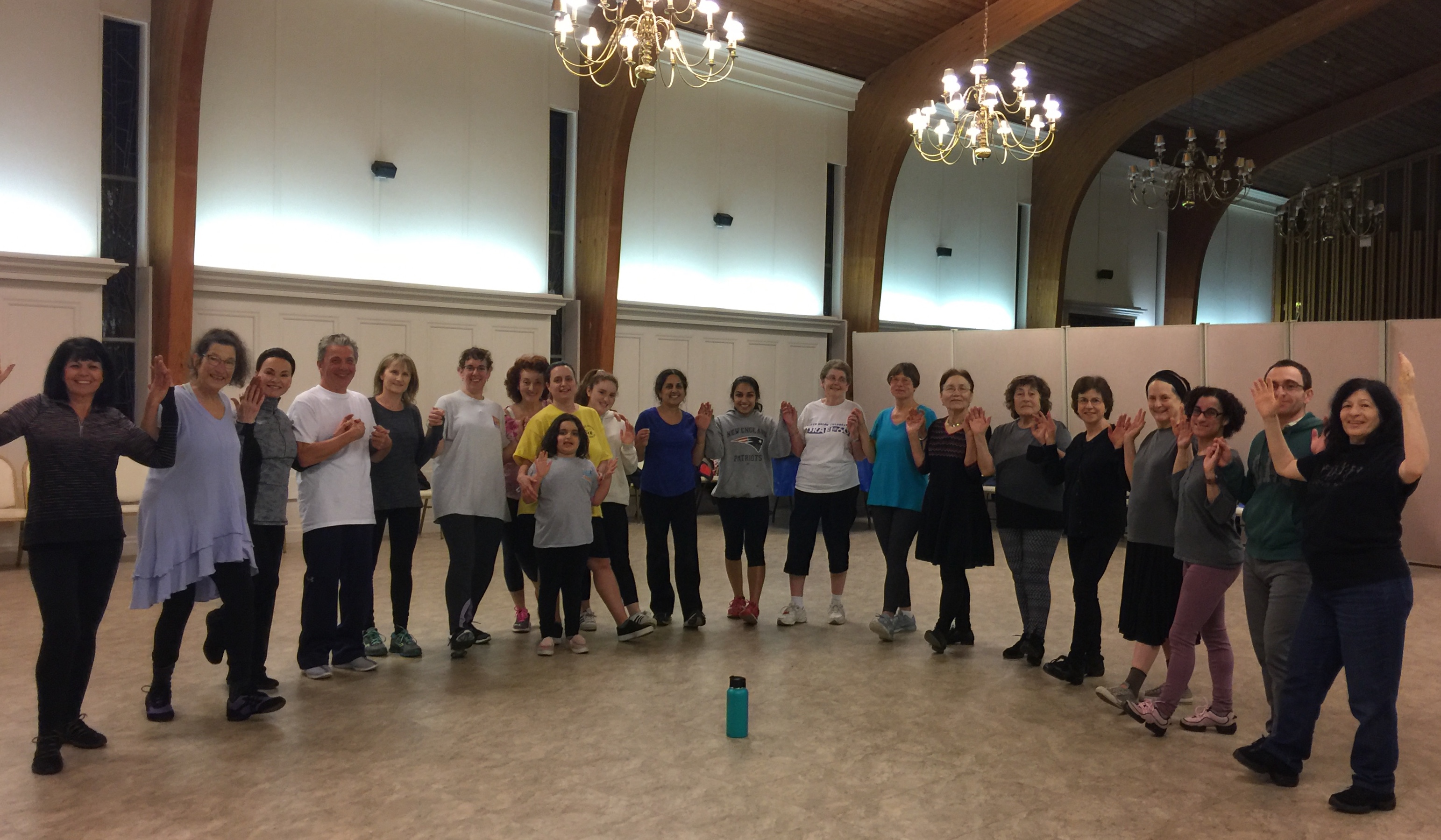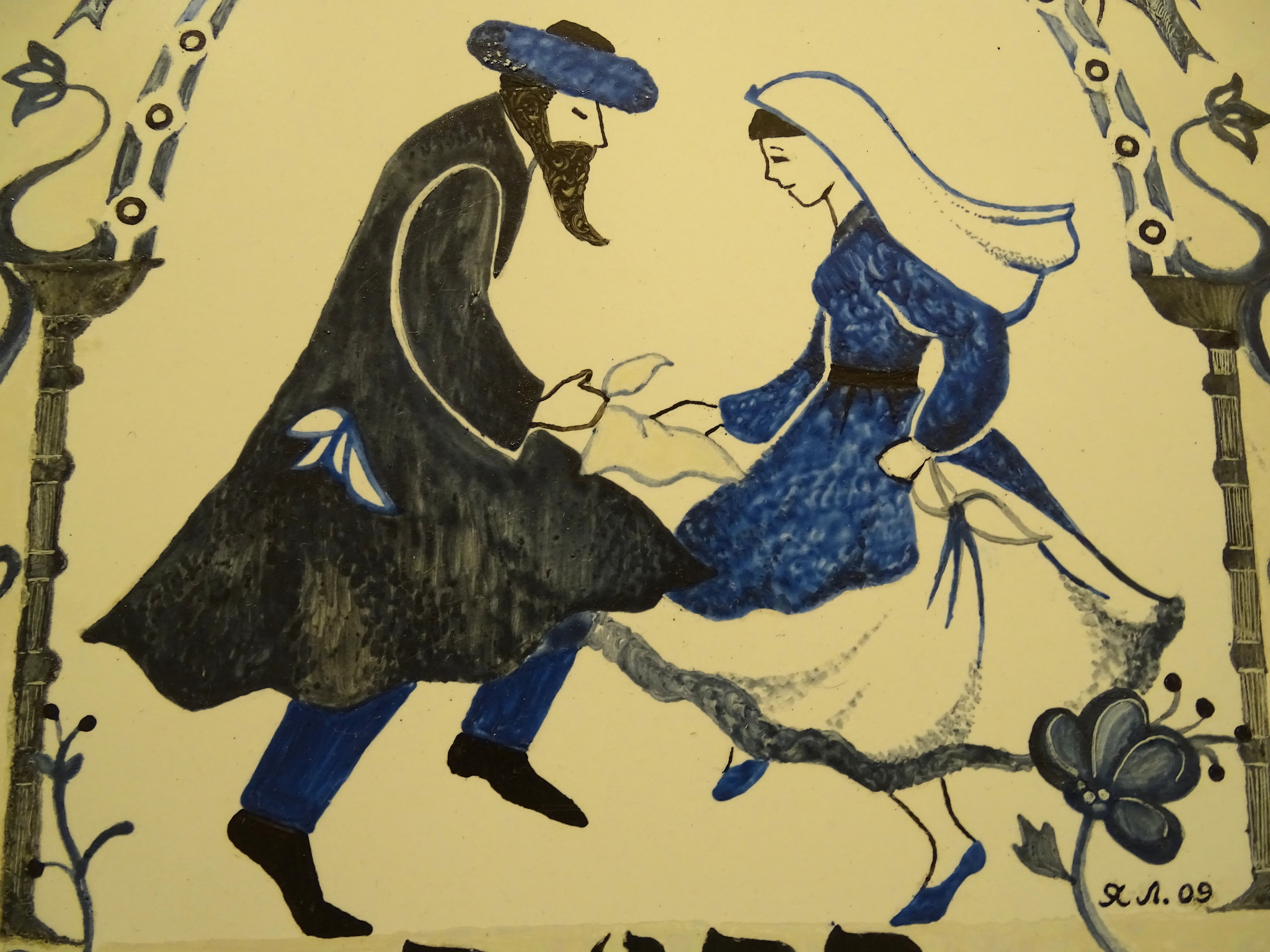Noga Nach: A Comprehensive Guide To The Traditional Israeli Folk Dance. What is it all about and why should you care? Editor's Notes: "Noga Nach: A Comprehensive Guide To The Traditional Israeli Folk Dance" have published today, date". This topic is important to read because it will provide you with a comprehensive understanding of the traditional Israeli folk dance, Noga Nach.

The Violet-Israeli Folk Dance-the Austria's World Dance Editorial Photo - Source cartoondealer.com
Our team has done extensive research and analysis on Noga Nach and have compiled this guide to help you learn everything you need to know about this beautiful and expressive dance form.
Key Differences or Key Takeaways
| Feature | Noga Nach |
|---|---|
| Origin | Israel |
| Tempo | Fast and upbeat |
| Steps | Basic step is a side step with a hop |
| Formation | Usually performed in a circle or line |
| Costumes | Traditional Israeli folk costumes |
Transition to main article topics
FAQ
This FAQ section provides comprehensive guidance on various aspects of Noga Nach, the beloved traditional Israeli folk dance, to clarify common questions and provide a deep understanding.

Israeli Folk Dance Steps - Source animalia-life.club
Question 1: What are the origins and history of Noga Nach?
Originating in the rural settlements of early 20th-century Israel, Noga Nach was influenced by diverse cultural traditions brought by Jewish immigrants from Europe and the Middle East. Its lively steps and infectious rhythm symbolized joy, camaraderie, and the collective spirit of the young nation.
Question 2: What are the key characteristics of Noga Nach?
Noga Nach is a circle dance that typically features a blend of hops, skips, and turns, accompanied by clapping and percussive footwork. Dancers hold hands or interlace their arms, forming a vibrant and cohesive circle.
Question 3: What are the most famous Noga Nach steps and variations?
The basic steps of Noga Nach include the "hop-step," "knee-up," and "grapevine." Over time, numerous variations and regional interpretations have emerged, such as the "debke" style common in Arab-Israeli communities and the "hora" from Romanian and Eastern European traditions.
Question 4: What is the significance of Noga Nach in Israeli culture?
Noga Nach holds a special place in Israeli culture as a symbol of national identity and shared heritage. It is often performed at festivals, celebrations, and social gatherings, fostering a sense of unity and cultural continuity.
Question 5: How can individuals learn and participate in Noga Nach?
Noga Nach is taught in dance studios, community centers, and cultural organizations across Israel and internationally. Classes are available for all ages and skill levels, providing opportunities for individuals to connect with the tradition and experience the joy of this vibrant folk dance.
Question 6: What is the future of Noga Nach?
Noga Nach continues to evolve and adapt to contemporary trends while preserving its core elements. New interpretations and collaborations with other dance forms are constantly emerging, ensuring the ongoing vitality and relevance of this beloved Israeli folk dance.
This FAQ provides a comprehensive overview of Noga Nach, its origins, characteristics, significance, and ongoing evolution. The versatility and enduring appeal of this traditional dance make it a cherished part of Israeli culture and a vibrant expression of national identity.
For further exploration, refer to the next article section, which delves into the cultural significance and symbolism of Noga Nach in Israeli society.
Tips
To master Noga Nach: A Comprehensive Guide To The Traditional Israeli Folk Dance and improve your performance, consider the following tips:
Tip 1: Posture and Body Alignment
Maintain an upright posture with your head held high, shoulders relaxed, and spine straight. Proper body alignment enhances balance, coordination, and overall performance.
Tip 2: Footwork Precision
Execute steps with precision and clarity. Pay attention to foot placement, weight distribution, and the timing of your movements. Precise footwork conveys confidence and adds visual appeal to the dance.
Tip 3: Arm Movements
Incorporate arm movements to enhance grace and expression. Use your arms to create flowing lines, frame your body, and accentuate specific steps. Elegant arm movements add depth and nuance to the performance.
Tip 4: Facial Expressions
Convey emotions and embody the spirit of the dance through your facial expressions. Let your face reflect the joy, passion, or solemnity of the music. Engaging facial expressions enhance audience connection and create a captivating performance.
Tip 5: Practice Regularly
Dedication and consistent practice are crucial for mastery. Rehearse regularly to improve technique, build stamina, and refine your performance. The more you practice, the more confident and polished you will become.
These tips provide a foundation for enhancing your Noga Nach skills. Embrace these principles, practice diligently, and experience the transformative power of this captivating Israeli folk dance.
Noga Nach: A Comprehensive Guide To The Traditional Israeli Folk Dance
Noga Nach, literally translated as "hitting of the foot," is a traditional Israeli folk dance characterized by its lively rhythms, repetitive steps, and intricate hand movements. This guide provides a comprehensive overview of its essential aspects:
- Origins: Ancient Middle Eastern and Eastern European influences
- Steps: Basic steps include shuffle, grapevine, and hop
- Hand Movements: Expressive gestures often accompanying the footwork
- Social Significance: Fosters community and cultural connection
- Variations: Diverse regional and cultural variations
- Cultural Impact: Embedded in Israeli identity and celebrated globally
The elements of Noga Nach contribute to its unique appeal. The rhythmic steps create a sense of energy and joy, while the hand movements add a layer of expression and grace. Historically, it has served as a means of social interaction and community building, fostering a sense of unity and belonging. Today, Noga Nach continues to evolve, inspiring new interpretations and adaptations, while remaining a beloved expression of Israeli cultural heritage.

Israeli Folk Dance Steps - Source animalia-life.club
Noga Nach: A Comprehensive Guide To The Traditional Israeli Folk Dance
To establish a multifaceted understanding of the book's content, "Noga Nach: A Comprehensive Guide To The Traditional Israeli Folk Dance", we must explore its constituent elements and their profound connections. This seminal work, an indispensable resource for students and enthusiasts of Israeli folk dance, elucidates the historical origins, cultural significance, and technical intricacies of this cherished art form.

70th Annual ISRAEL FOLK DANCE FESTIVAL - Israeli Dance Institute - Source israelidanceinstitute.org
The book's thorough exploration of the origins and development of Israeli folk dance unveils the interplay between tradition and innovation that has shaped its evolution. It examines the diverse cultural influences that have contributed to its distinctive character, ranging from ancient Jewish rituals to European folk traditions and contemporary social movements. This historical perspective enriches our appreciation of Noga Nach as a living, breathing art form deeply rooted in the Israeli experience.
Moreover, the guide provides a comprehensive breakdown of the fundamental techniques and movements of Noga Nach. Detailed explanations, accompanied by illustrative diagrams and photographs, guide readers through the intricacies of footwork, body movements, and arm gestures. This practical knowledge empowers dancers to master the steps and execute them with precision and grace.
Beyond its technical value, Noga Nach also delves into the cultural significance of this dance form in Israeli society. It elucidates how Noga Nach has served as a vehicle for community building, national identity, and cultural expression. By examining its role in festivals, celebrations, and educational programs, the book illuminates the profound impact that Noga Nach has had on shaping Israeli culture.
Additionally, the guide includes essential information on the music that accompanies Noga Nach. It explores the rhythmic patterns, melodic structures, and instrumentation that characterize Israeli folk music. This knowledge deepens our understanding of the symbiotic relationship between dance and music and enables performers to enhance their performances with appropriate musical accompaniment.
In summary, "Noga Nach: A Comprehensive Guide To The Traditional Israeli Folk Dance" is an invaluable resource that provides a rich tapestry of information about this captivating art form. Its exploration of historical origins, cultural significance, technical details, musical accompaniment, and practical applications equips readers with the knowledge and skills to fully appreciate and participate in Noga Nach. This guide is not merely a collection of steps and techniques; it is a gateway to the heart and soul of Israeli folk dance.